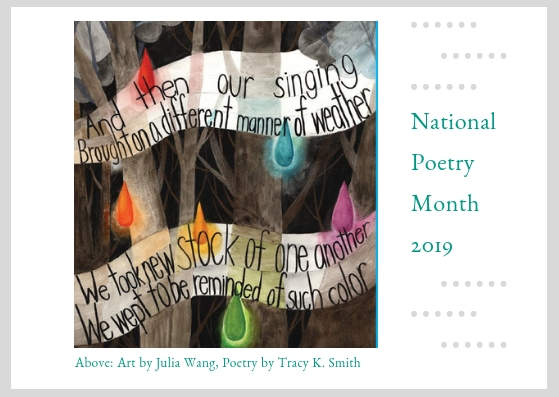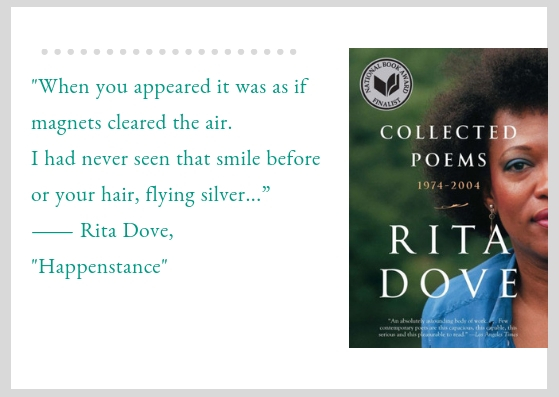Welcome Kim! Meet PPL’s New HR Director
posted: , by Heather Wasklewicztags: Adults

Kim comes to us from the Maine Judicial Branch where she worked on all aspects of HR including hiring, staff training, benefits management, building communication, and strengthening union relations. Prior to that, she worked for five years with The Navigators in Tanzania where she helped lead strategy and financial procedures and served as a mentor to college students in the program. Please join us in welcoming Kim to PPL!







